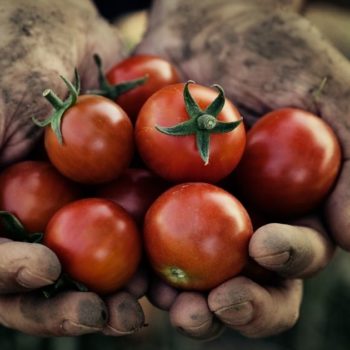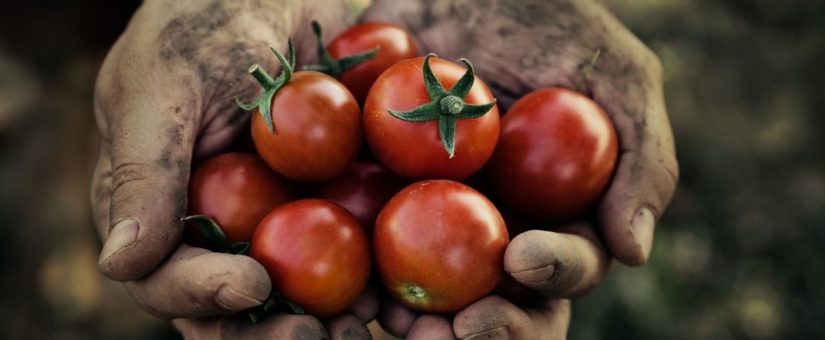
Post-Harvest Tips to Keep Fruits and Vegetables Fresh for Longer
The best part about growing your own fruits and vegetables is that you can appreciate them fresh from the garden come harvest time.
As the harvest season approaches, plants have all kinds of ways of reaching out to let you know it’s time to bring them in. Some veggies, like tomatoes, change colour when they’re ripe, while new potatoes will flower when it’s time to harvest.
Fruits and vegetables are at their peak flavor as soon as you pluck them, but post-harvest, their rate of respiration and other processes that cause decay go up quickly.
Understanding a few minor details about caring for your produce once it leaves the garden can keep it fresh for longer.
Here are five tips on how to handle and how to store your fruits and vegetables post-harvest and ensure you enjoy the same quality they were when you picked them.
5 tips to extend the shelf life of your post-harvest produce
Vegetables in the kitchen are as alive as they were in the garden. By following the five simple steps below, you can ensure your produce maintains its nutrition, weight, flavour and overall quality long after harvest season.
1. Optimal storage conditions for fruits and veggies
It’s important to pay close attention to temperature and humidity when storing your veggies post-harvest.
Once indoors, harvested vegetables respire and lose moisture rapidly. The easiest way to keep most of your produce fresh longer is to store it in a cool, dark place like your refrigerator. You could also use your basement, a mudroom, or any other unheated room in your home.
However, it’s important to remember that while lower temperatures reduce respiration for some produce, it can speed up the decline of others. Tomatoes, for example, which are native to tropical climates, do best at room temperature. Most vegetables enjoy a relative humidity that hovers around 85 per cent.
To increase your refrigerator’s humidity, lightly spray the inside with a misting bottle. Wrap leafy greens with damp paper towels and store them in a plastic bag to maintain their humidity.
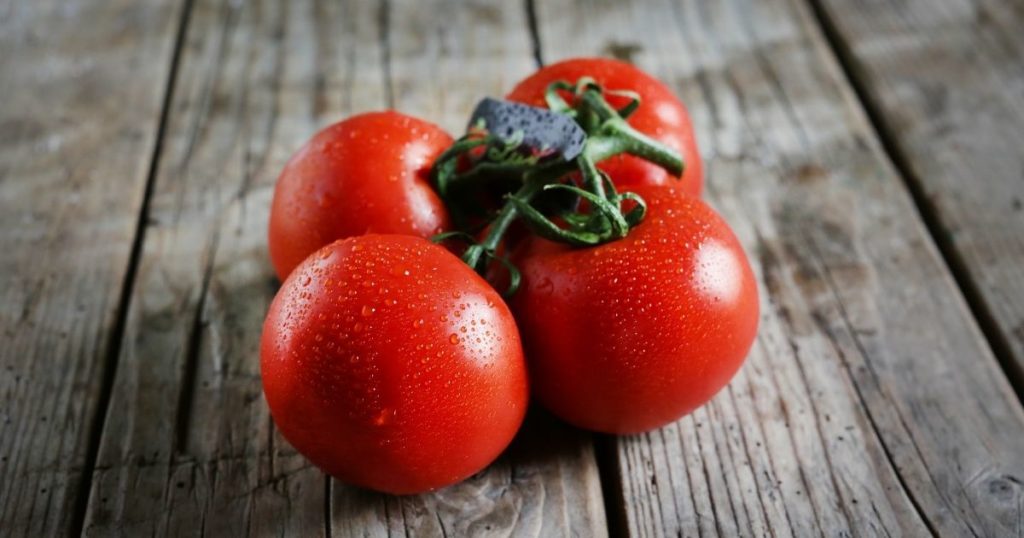
2. Proper packaging practices keep produce fresh longer
There’s more to packing your produce than simply tossing it all in a plastic bag or container and stacking them in the refrigerator.
There’s more to packing your produce than simply tossing it all in a plastic bag or container and stacking them in the refrigerator. If you use plastic bags or liners for storage, it’s best to chill your fruits and veggies before packing them. All containers should have vents for airflow and efficient cooling. Add paper pads on the bottoms and tops of plastic-lined boxes to absorb excess drops of water and reduce decay.
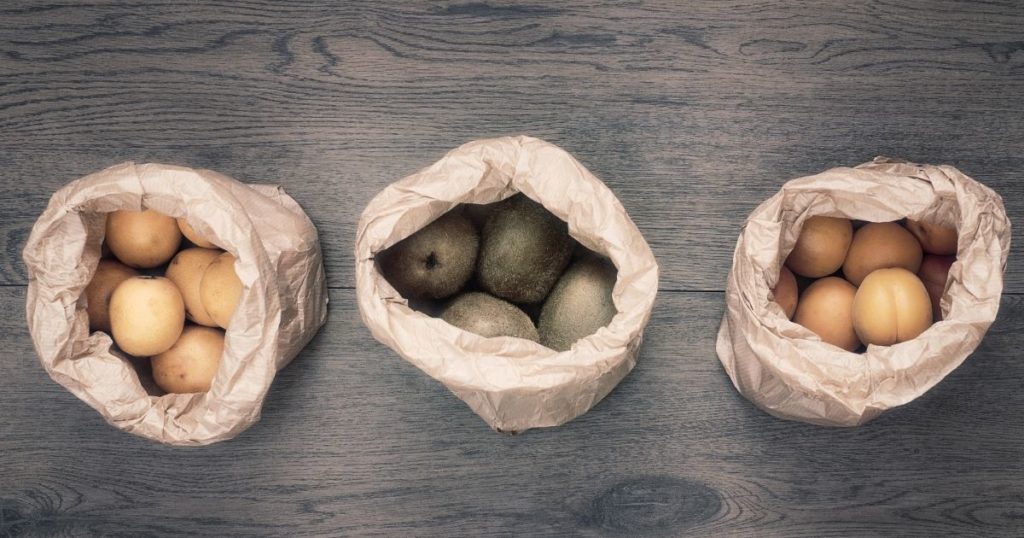
3. Post-harvest sanitation practices for peak performance
The less you touch your fruits and vegetables, the longer they’ll last post-harvest. If you must handle them a lot, make sure all contact surfaces, hands, and containers are clean.
Standing water and droplets easily carry bacteria and fungi to pores and wounds in a vegetable’s skin. This can lead to your fruits and vegetables rotting quickly. Instead of washing your produce, it’s better to brush off soil at harvest time and wash your fruits and veggies as you eat them.
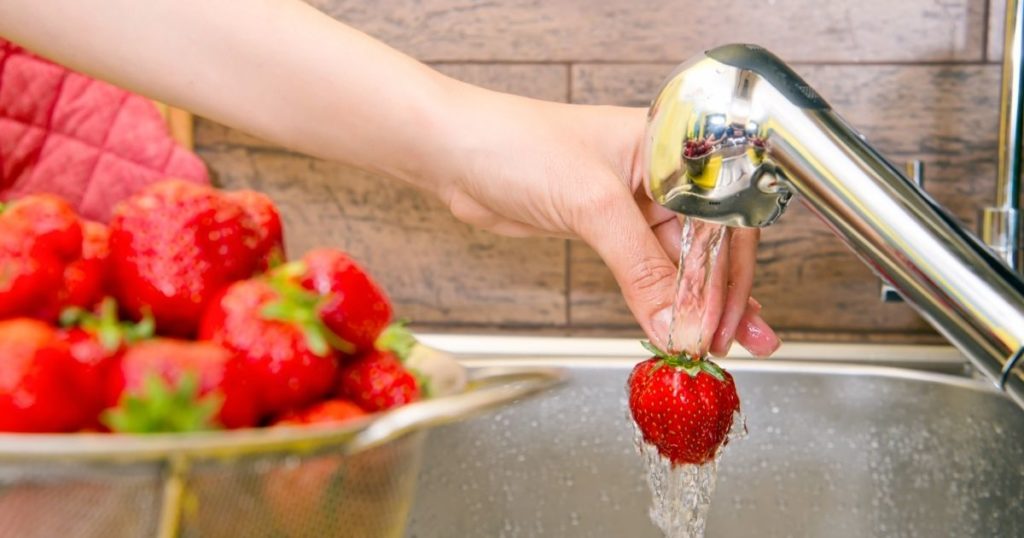
4. Don’t let a little bruise spoil the entire yield
When harvesting vegetables, be careful not to bruise or puncture them. Any damage can become a disease and cause the injured product to lose water and spoil at a faster rate.
Rotting produce, especially fruits and veggies with wounded tissues, does not keep very long and can spread disease to other stored fruits and vegetables. Besides bacteria, damaged tissues also generate ethylene gas, which may cause nearby vegetables to spoil sooner.
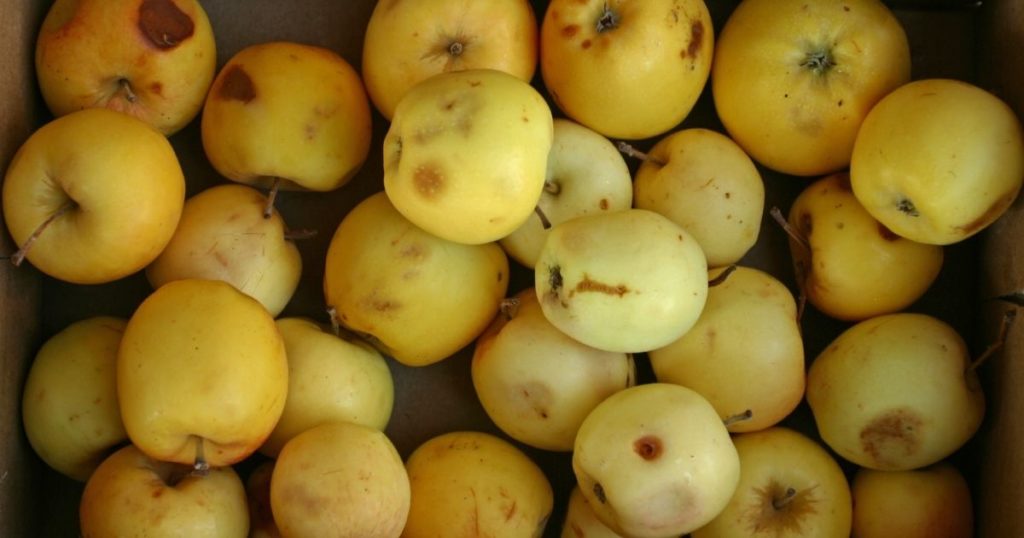
5. Use a natural post-harvest preservative like Chitosan
Eco-friendly remains from the seafood industry, deacetylated chitin (also known as chitosan), is a must-have for healthy plants and produce.
In agriculture, the storage life of many fruits and vegetables is prolonged with food-grade chitosan. A chitosan coating can decrease infections in fruits and veggies by reducing water and nutrient loss. And as long as it is EPA or FDA approved, it is safe to eat!
The benefits of including chitosan-based formulas in your garden regime are endless. A little goes a long way to enhance flowers and fruit, boost nutrient uptake, and improve plant survival in unfavourable environments.
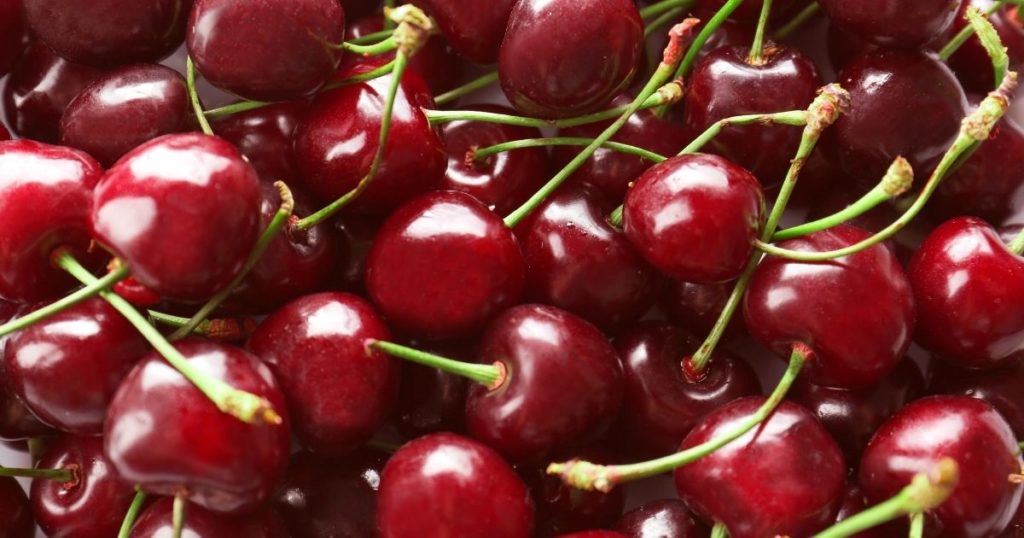
A TLC goes a long way to keep post-harvest produce fresh
When you bring post-harvest produce inside, remember it’s very much alive and yours to care for, but with an understanding of the basics and a little space, you can easily keep your home-grown goodies fresh for a while.
Read Supercharge Your Garden with Chitosan by Maximum Yield to learn more about chitosan’s benefits.
- Hydroponic Gardening Tips and Tricks
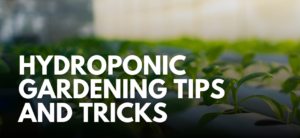
- HYGROBEN™ and the Direct Mechanisms of Bacillus Species
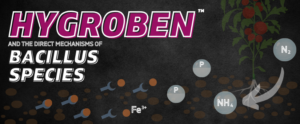 If you follow us on social media, you’ve probably seen or heard the buzz… Read more: HYGROBEN™ and the Direct Mechanisms of Bacillus Species
If you follow us on social media, you’ve probably seen or heard the buzz… Read more: HYGROBEN™ and the Direct Mechanisms of Bacillus Species - The Benefits of Using HYGROBEN™ and HYGROZYME® Together
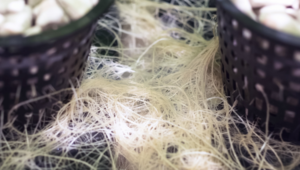 SIPCO Innovations, the manufacturer of HYGROZYME®, is excited to announce the launch of its brand-new… Read more: The Benefits of Using HYGROBEN™ and HYGROZYME® Together
SIPCO Innovations, the manufacturer of HYGROZYME®, is excited to announce the launch of its brand-new… Read more: The Benefits of Using HYGROBEN™ and HYGROZYME® Together
- On September 3, 2021


